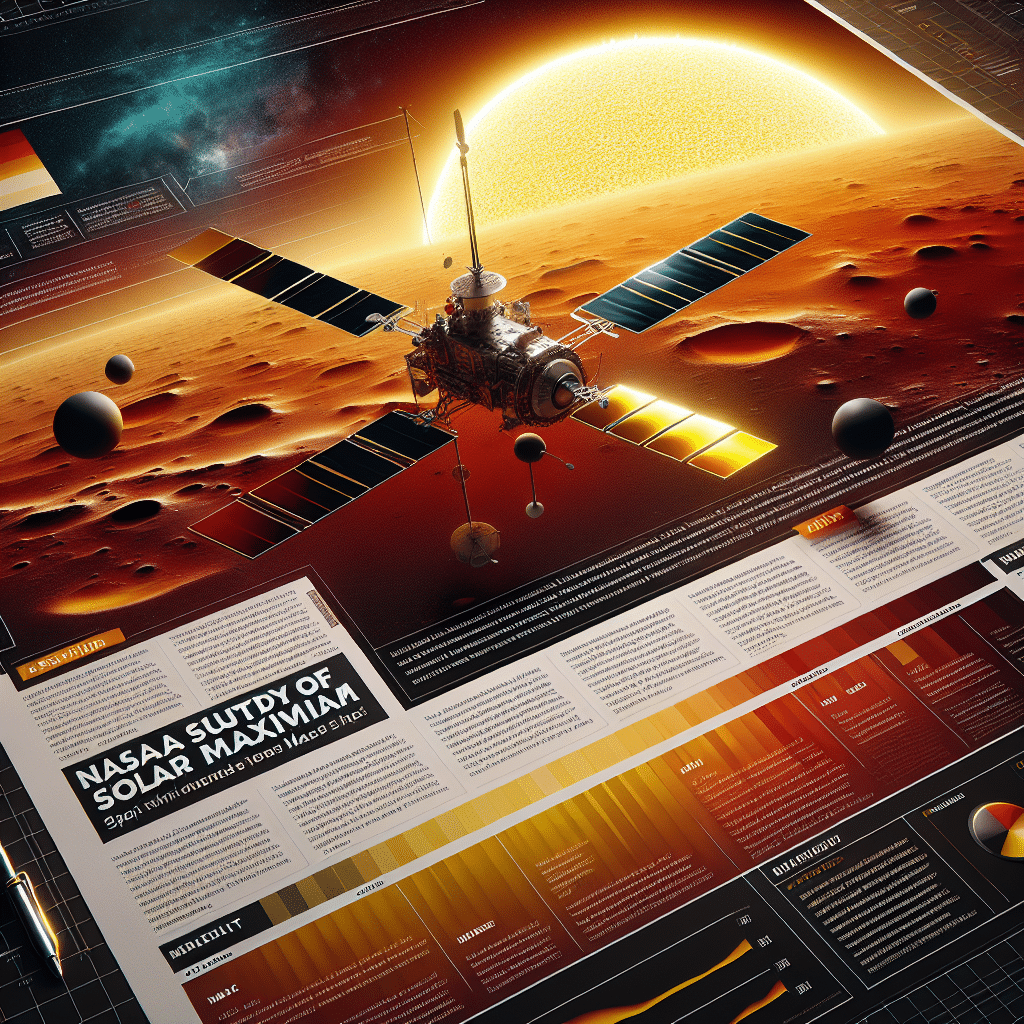In 2024, the Sun’s activity will reach its peak, offering scientists and researchers a unique chance to explore the effects of solar storms and radiation on future space missions. This upcoming event is of great importance as it will provide valuable insights into the potential impacts on both technology and human health.
NASA’s Mars Mission
As part of this endeavor, NASA has scheduled a groundbreaking mission for its two spacecraft currently orbiting Mars. The primary objective is to investigate how solar storms, which are eruptions of intense magnetic energy from the Sun’s surface, can impact the Red Planet and its potential for future human colonization.
Benefits for Future Mars Astronauts
This study holds significant relevance to the future of Mars exploration and colonization. By closely studying the effects of solar storms on Mars, NASA aims to develop strategies to protect future astronauts and their equipment from potentially harmful radiation. Understanding how these storms could affect vital systems and electronics on the planet will enable scientists to design better technologies for long-duration space travel.
Summary of Key Points:
- In 2024, the Sun’s activity will reach its peak, allowing scientists to study the effects of solar storms.
- NASA plans to send its Mars spacecraft on a mission to investigate the impact of solar storms on the Red Planet.
- This research will provide insights into protecting future Mars astronauts and their equipment from radiation and other hazards.
- The findings will help develop strategies and technologies for long-duration space travel.
“This upcoming study will play a crucial role in enabling us to better understand the potential risks posed by solar storms and radiation, and subsequently develop countermeasures to ensure the safety of future Mars missions.” – NASA spokesperson




Leave a Reply